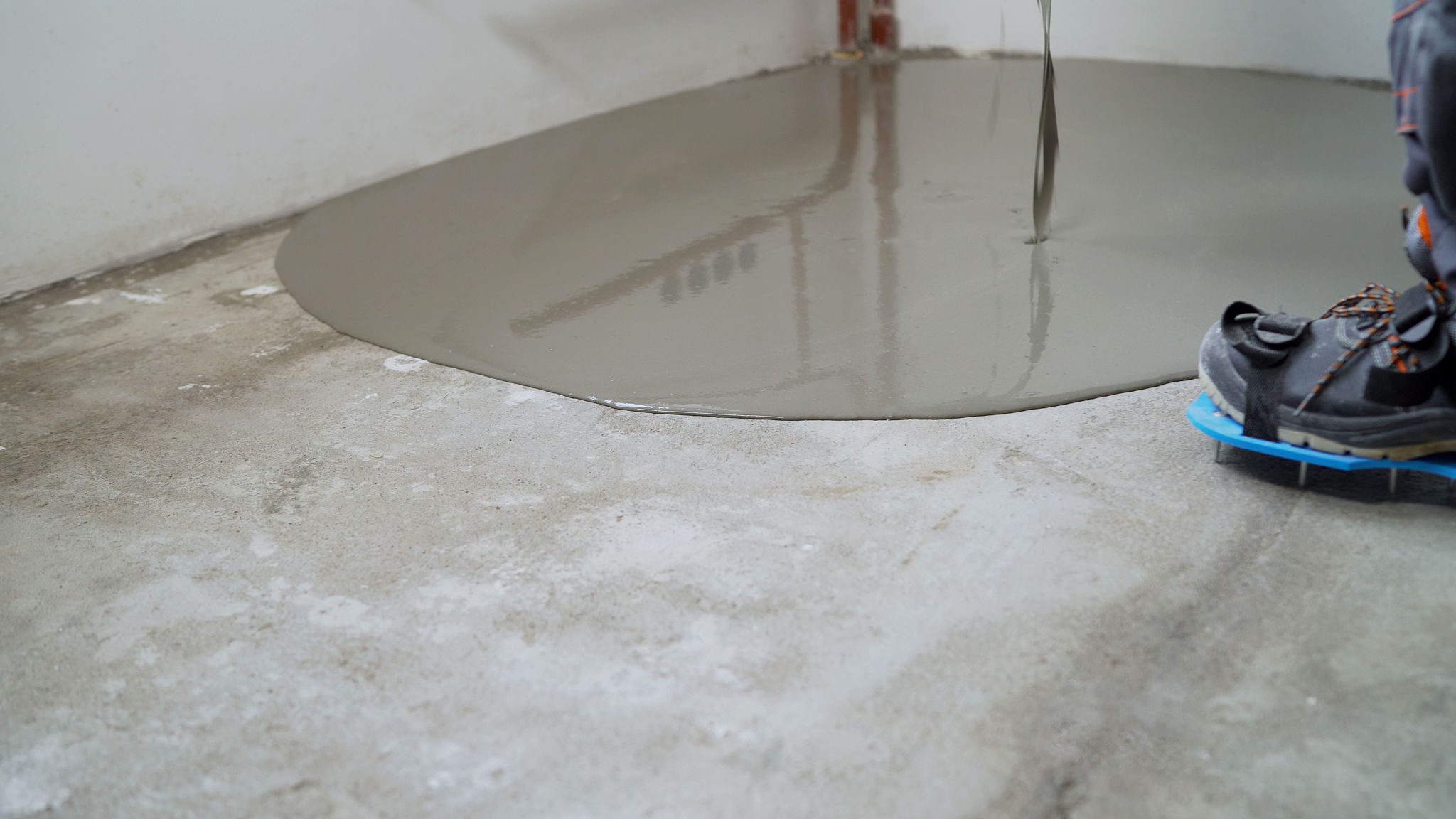5 Common Painting Mistakes and How to Avoid Them
Introduction to Common Painting Mistakes
Embarking on a painting project can be exciting, but even experienced DIY enthusiasts can encounter pitfalls. Knowing what to avoid can be just as important as knowing what to do. Here are five common painting mistakes and how to avoid them.
Skipping Surface Preparation
One of the most frequent mistakes is neglecting surface preparation. A well-prepared surface ensures the paint adheres properly and lasts longer. Failing to clean, sand, or prime can lead to peeling and uneven finishes.
Solution: Take the time to clean the surface thoroughly, fill any holes or cracks, and sand down rough patches. Applying a primer can also be crucial, especially on new or repaired surfaces.

Choosing the Wrong Paint
Selecting the wrong type of paint can affect the appearance and durability of the finish. Using interior paint on exterior surfaces or vice versa is a common error.
Solution: Ensure you choose the right paint for your specific project. Consider factors like the surface material, location, and desired finish. Consulting with a professional or a knowledgeable store employee can be helpful.
Application Errors
Overloading the Brush or Roller
Applying too much paint at once can lead to drips, runs, and an uneven coat. It's a common issue, especially for beginners eager to finish quickly.
Solution: Dip your brush or roller lightly and remove excess paint before applying. Multiple thin coats are better than one thick coat, leading to a smoother and more professional finish.

Ignoring Weather Conditions
When painting outdoors, weather conditions play a significant role in the outcome. Painting on a rainy day or in extreme temperatures can ruin your hard work.
Solution: Always check the weather forecast before starting an outdoor paint job. Aim for mild temperatures and low humidity to ensure optimal drying and adhesion.
Final Touches and Clean-Up
Neglecting the Clean-Up
Once the painting is done, it's tempting to sit back and admire your work. However, leaving brushes and rollers uncleaned can damage your tools and affect future projects.
Solution: Clean your tools immediately after use with the appropriate cleaning solution. Proper maintenance extends their lifespan and ensures they’re ready for your next project.

By being aware of these common painting mistakes and taking steps to avoid them, you can achieve a beautiful, long-lasting finish. Happy painting!
